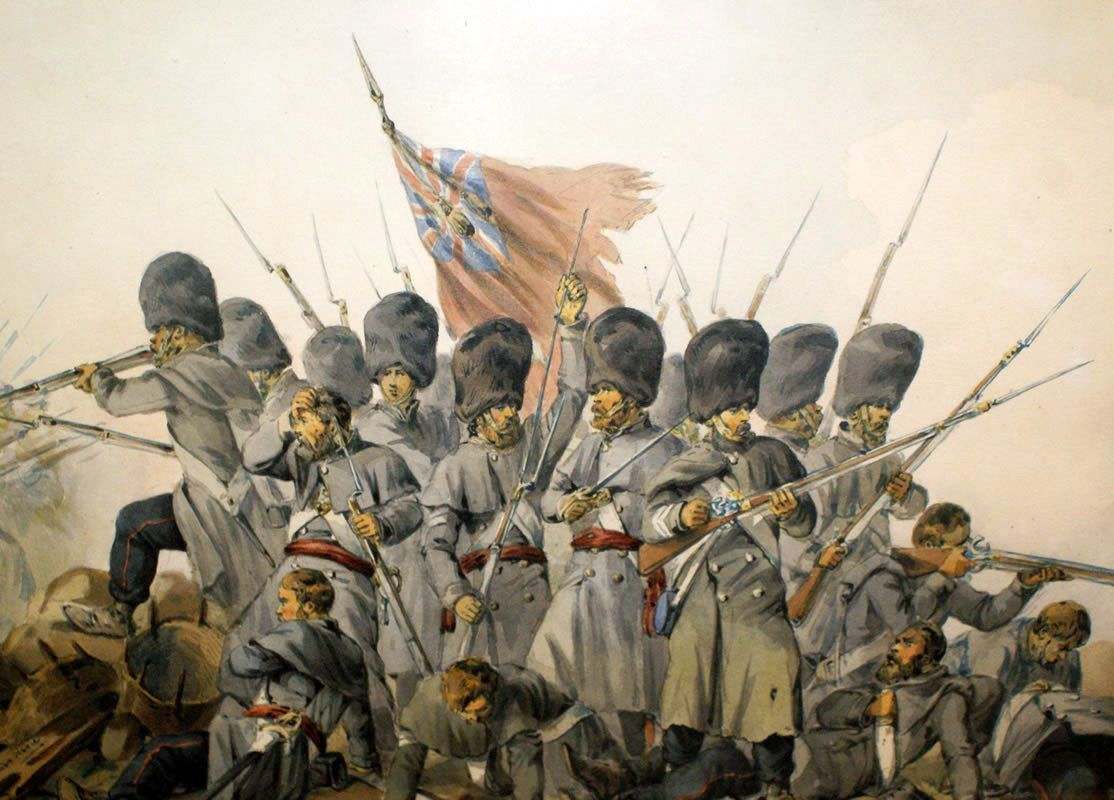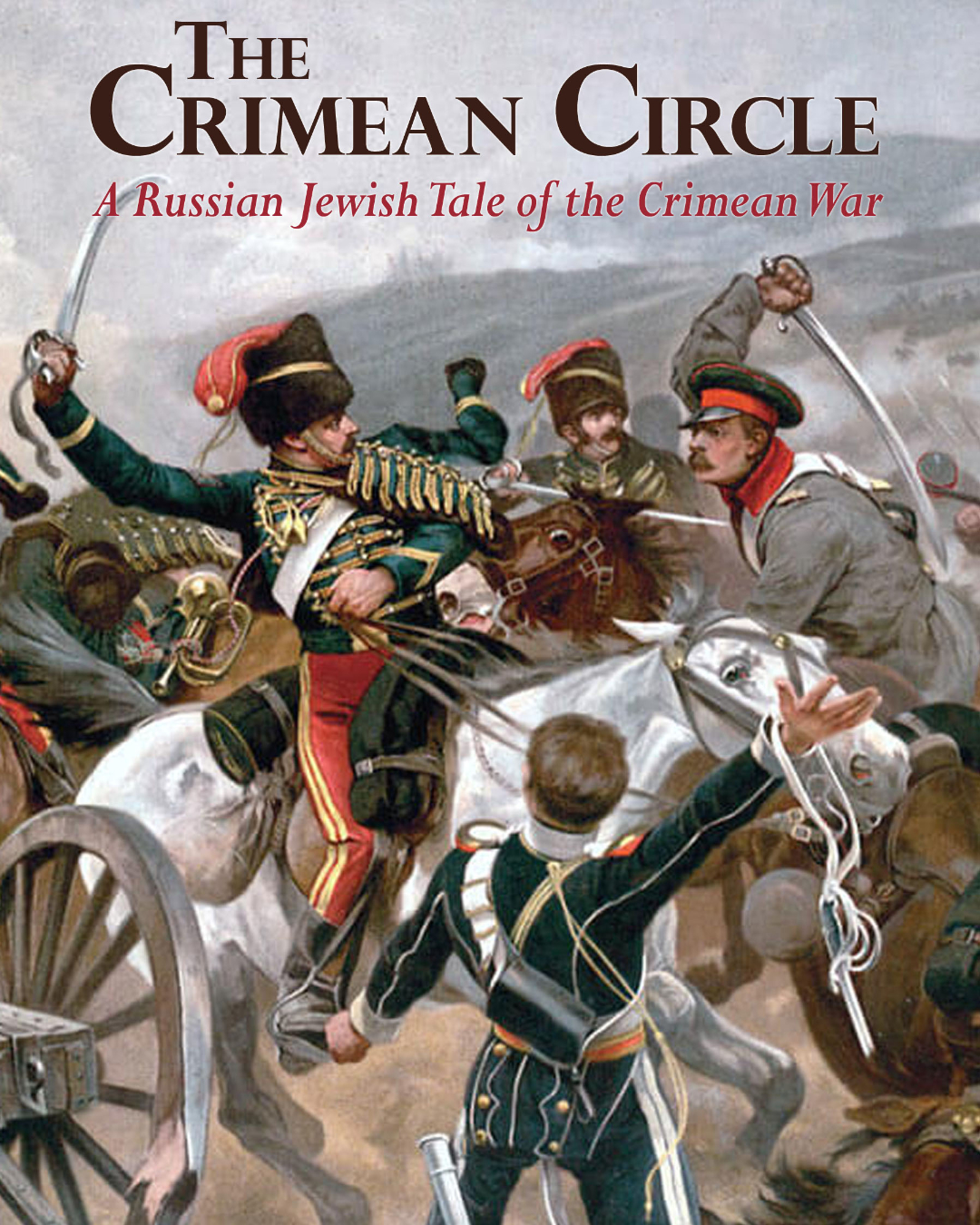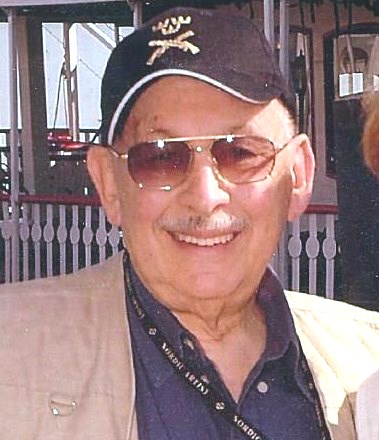The Crimean Circle
A Novel by David Kushner



The Crimean War (1853-1856) was a pivotal 19th-century conflict rooted in the "Eastern Question"—the decline of the Ottoman Empire—and European power struggles. Ostensibly triggered by a religious dispute over Christian holy sites in Palestine, the true cause was Russia's ambition for Black Sea access and regional dominance, opposed by Britain and France seeking to maintain the balance of power. This led to the Allied intervention when Russia occupied the Danubian Principalities.
The war's defining event was the brutal Siege of Sevastopol (October 1854 - September 1855), the strategic Russian naval base. This 11-month siege saw the emergence of trench warfare, intense artillery bombardments, and horrific casualties, exacerbated by severe winter conditions and inadequate medical care, famously addressed by Florence Nightingale. The fall of Sevastopol ultimately led to Russian defeat.
The war's effects were profound. Geopolitically, it curbed Russian expansion and influence, leading to the demilitarization of the Black Sea. It boosted French prestige and affirmed British global power, while inadvertently contributing to the breakdown of the "Concert of Europe" and paving the way for German and Italian unification. Militarily, it spurred widespread reforms in logistics, technology (like the Minié rifle), and medical practices. It also marked the advent of modern war journalism, bringing the conflict's realities to the public. Paradoxically, despite being on the winning side, the war further exposed the Ottoman Empire's fragilities.
Within the Russian army, young Jewish conscripts faced a particularly grim fate. Under Tsar Nicholas I's "Cantonist" system (established in 1827 and intensified during the war), Jewish boys as young as 8-12 were forcibly taken from their families. The primary goal was not just military service, but forced assimilation and conversion to Orthodox Christianity. These "Cantonists" endured brutal conditions, coercion, and isolation in military schools, far from their homes. While many succumbed to pressure or hardship, some remarkably resisted conversion, maintaining their Jewish identity against overwhelming odds. This discriminatory policy had a devastating social impact on Jewish communities, often employing "khappers" to fill quotas, tearing apart families and causing immense suffering. The system was eventually abolished in 1857, following the war and Nicholas I's death, as part of broader Russian reforms.


David Kushner's 'The Crimean Circle' offers a uniquely
compelling narrative that stands out for its intricate storyline and meticulous attention to historical detail. The novel masterfully interweaves personal sagas with the grand sweep of the Crimean War, providing a fresh perspective on a conflict often viewed through a more traditional lens.
One of its most distinctive features is the focus on the experience of young Jewish conscripts in the Russian army, a subject rarely explored in such depth. The story introduces Iosif, a "wild" youth from a Hassidic family in Kremenets, whose conscription into a brutal Cantonist school system at a young age sets him on an extraordinary path. This element highlights the forced assimilation policies under Tsar Nicholas I, where Jewish boys were subjected to immense pressure to convert to Christianity, enduring horrific conditions, torture, and a deliberate tearing away from their heritage. The book delves into the emotional and physical toll this exacts, while also showcasing the remarkable resilience and determination of some conscripts to maintain their identity.
The novel's attention to detail is evident in its rich historical tapestry. Kushner draws upon a wide array of sources, from the works of Lev Tolstoy's 'Tales of Sevastopol' to articles on 19th-century weaponry and Hassidic Jewry, creating an immersive and authentic backdrop. The inclusion of multi-lingual dialogue (Russian, Yiddish, Syriac, Arabic, French) with in-text translations further enhances the reader's immersion, reflecting the linguistic diversity of the era without disrupting the flow.
'The Crimean Circle' is not just a historical novel; it's a deeply researched and emotionally resonant exploration of identity, survival, and the profound impact of war on individuals and communities. Its unique storyline, particularly its illumination of the often-overlooked Jewish experience in the Russian military, makes it a significant and memorable contribution to historical fiction.
Part 1 = 424 pages / Part 2 = 313 pages
ISBN 979-8724915038 / 979724915038
A Fascinating depiction of a time and place little known. Although this was a long book with more military and battle detail than I personally care for, it was
fascinating from beginning to end. It may have been mostly about Russia but Kushner managed to depict as well the life (and death) of a British aristocrat and his descendants. I have read quite a bit about Russian history and know much about the history of Russian Jewry (two of my great-grandfathers were sent across the river into Romania to escape conscription into the armies of Tsar Nicholas I), but nowhere have I read about the actual lives of these conscripts. Well worth reading!
Lenore Kramer
Interesting reading, as I was sure it would be, you cannot just read one or two or three pages, and put it down - it requires a large block of time, but very good! LK
Ivan Kusinitz
5.0 out of 5 stars A Compelling Read
This is a compelling read about a little known chapter in history. Most literature is from the other side with virtually nothing in English about the Russian side. The situation of the Jews in this feudal period when humans were little more than human cattle and were owned by their masters is very well described and shows a deep understand by the author. The saga of a Jewish corporal in the Czar's army sheds much light on the plight of the Jews in Russia at the time . Well researched, it smacks of reality and pathos of a little known period in history. A good read, I read it in three days and enjoyed every page. Not without excitement.
5.0 out of 5 stars READ THE CRIMEAN CIRCLE
I don't usually read about wars but this book is so well written it compelled me to read it. Through the eyes of the characters I felt as if I was right there with them. I kept looking up places on maps. This book is totally readable, thoroughly researched and highly recommended.
Bonnie Ackerman
5.0 out of 5 stars A fascinating journey
An absorbing saga on the Crimean War from the point of view of a young Jewish soldier leading a group of Jewish students forcibly conscripted into the Czar's army...an excellent sharpshooter, he wants to form his platoon into a Jewish fighting force... A fascinating journey into an historical event.
Well researched...well written...kudos to Mr. Kushner.

David Kushner is an American journalist living in Sweden. He graduated from Queens College and pursued an MA at Columbia University under the renowned critic, author, and anthologist, Professor John Gassner.He served in the United States Army as a journalist in the Public Information Office (PIO) for the Second Armored Division, stationed in Germany. His articles also appeared in the U.S. Army newspaper, Stars and Stripes.
He and a colleague, Lars Malmström, translated four of Ingmar Bergman's classic films—Smiles of a Summer Night, The Seventh Seal, Wild Strawberries, and The Magician—for an anthology of Bergman's scripts published by Simon & Schuster as Four Screenplays by Ingmar Bergman.
David Kushner later worked as a TV producer for Swedish Television, directing some 15 short documentary films for the network.
His first book, The Line In The Sand, about the ethnic cleansing of Assyrian Christians in Iraq, was co-authored with his friend and award-winning Swedish journalist Nuri Kino.
David collects revolvers from the Civil War period and regularly participates in black powder competitions.
